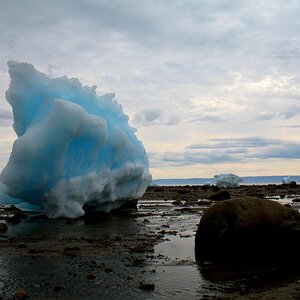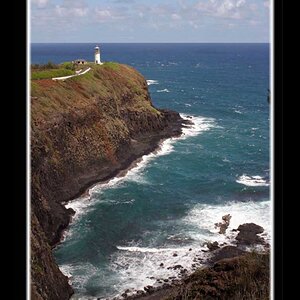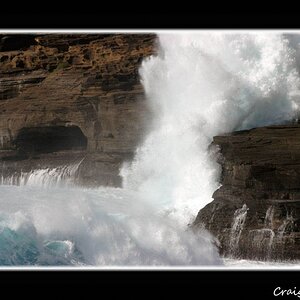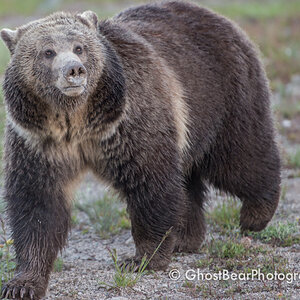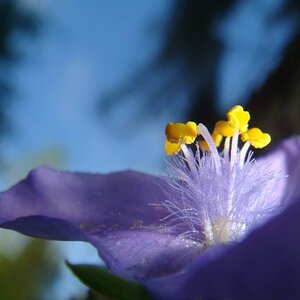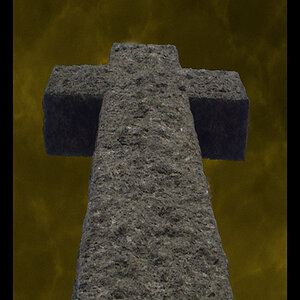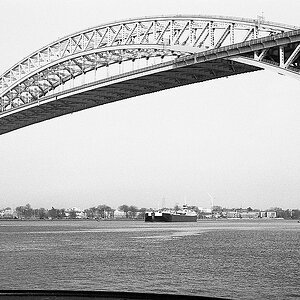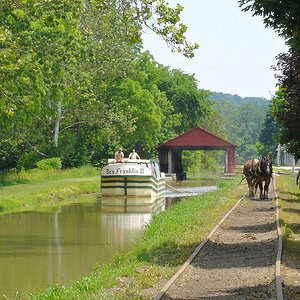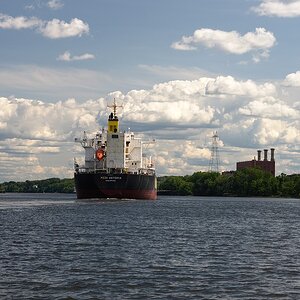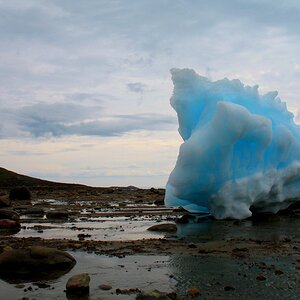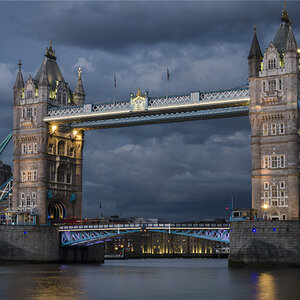jjd228
TPF Noob!
- Joined
- Apr 22, 2013
- Messages
- 70
- Reaction score
- 3
- Location
- United States
- Can others edit my Photos
- Photos OK to edit
When you're setting up for a shoot, or even just trying to nail a single shot, aside from shutter speed, aperture, iso, what else do you check and/or set? Is it common to change metering mode? What about white balance? Do you mostly leave white balance on auto?


